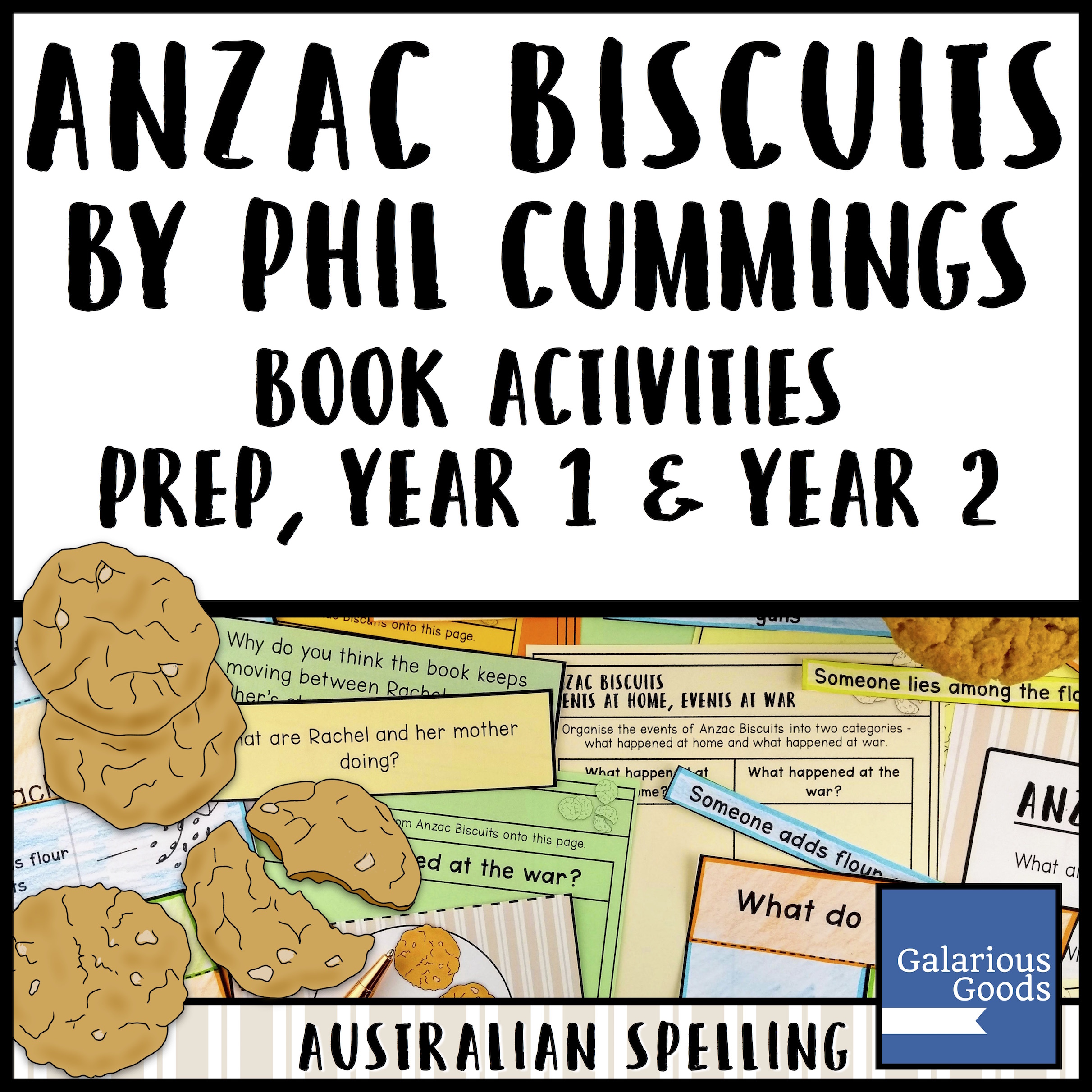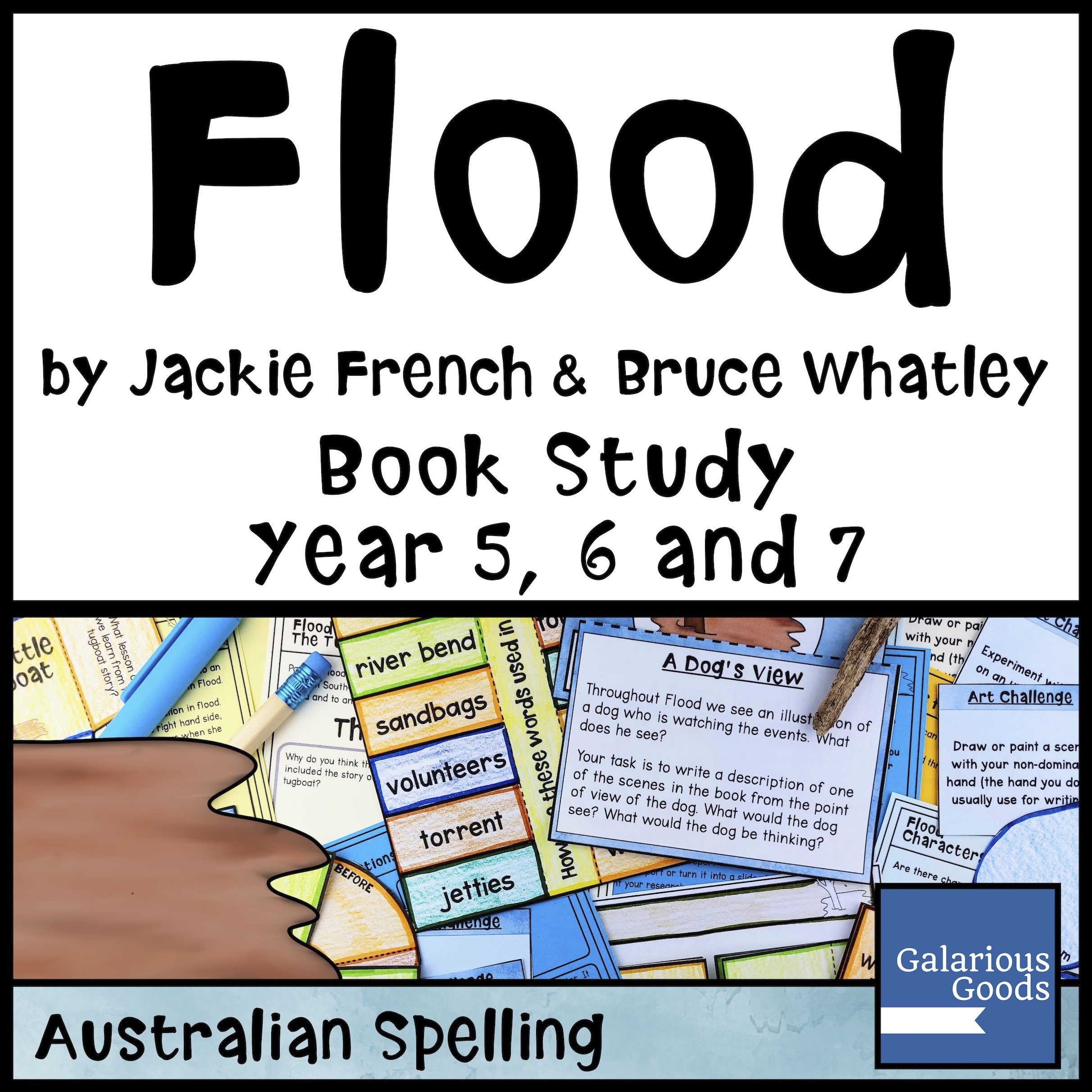Why We Need to Teach Australian Elections - and Resources to Help You
/With all the noise around politicians, elections, campaigns and promises, it can be tempting to tune it all out. However, in the classroom it is our job to teach about elections to ensure we have informed voters in the future.
Voting is Part of the Curriculum
The Civics and Citizenship strand of HASS in the Australian Curriculum includes a number of outcomes connected to elections and voting. From learning about the role of voting in a democracy to learning how voting works in Australia, students are expected to gain a wide understanding of voting and elections through their lessons in the classroom.
It Helps to Prepare Informed Citizens
Australia has compulsory voting which means most of your students will be required to vote one day. As well as understanding the way campaigning works and the responsibilities of voters and elected officials, students need to understand the mechanics of how voting works and how votes are counted. The more informed students are about voting, the more likely they are to be informed voters as adults.
Blog Posts, Websites and Resources to Help You Teach Elections
Blog Posts
Elections in the Classroom - 7 Tips for Real Learning with Minimum Controversy
Teachers should always take care to teach government and elections without bias, but this is particularly important around election time - the last thing you want is to appear on the front page of a newspaper because a student or parent took objection to your views. This blog post offers a range of ways you can teach elections in an interesting and factual manner without inviting controversy
7 Things You May Not Know About Government in Australia
This post is a collection of facts about government in Australia and is a great starting point for students exploring Australian government and Australian elections.
Australian Election Myths (And Teaching Ideas for a Better Understanding of Elections)
Unfortunately there is a growing collection of myths about voting in Australia - it’s so bad that the Australian Electoral Commission is having to run advertising to warn people about misinformation. This post explores a number of commonly held myths and provides teaching ideas and further links for teachers and students to explore.
Why We Should Explore Compulsory Voting in Our Classrooms
Many people know that we have compulsory voting in Australia, but do they know about the history of compulsory voting and the senator who introduced it? This post contains some of that history as well as other teaching ideas to explore in the classroom. This is perfect for students exploring the features of Australian democracy.
What are Political Parties, Why Do They Matter and How Can We Teach Them?
When we look at election campaigns, we are usually dealing with political parties. This post offers information about political parties and how you can teach more about them in the classroom.
What are Election Policies? (And how can we teach students about them?)
As well as political parties, many students will come across election policies and campaign promises from candidates. This blog post takes a closer look at policies and how we can better understand them.
Websites
The Australian Election Commission is great to visit for general and specific information about elections. They also have two teaching resources - Democracy Rules and Get Voting which you can use in the classroom.
The Parliamentary Education Office also has resources around voting. It can be a little difficult to navigate all the available resources on this site - make sure to click on fact sheets for additional information.
The Museum of Australian Democracy has an interactive timeline which can be used by students looking at where voting sits within the bigger picture of Australian democracy
BTN has a video about the History of Voting in Australia as well as teaching resources. A range of related videos are also linked to and are worth checking out.
Resources
The Elections in Australia resources are the most comprehensive look at Australian elections. These resources include a mini unit which looks at different elements of voting and elections in Australia, posters, word wall cards and research tasks.
You can also use the Run Your Own Preferential Election resources to get a better understanding of preferential voting in Australia and how preferential votes are counted. Word Wall cards are also available for this topic.
There is a duo of resources for Year 6 students looking at the responsibilities of voters and the responsibilities of elected representatives. This is an excellent way to look at what is expected of voters and the people we elect to lead us.
Australian Electoral Process and Running an Australian Election takes Year 5 students through the elements of Australian elections including secret ballot and compulsory voting.
If I Was Prime Minister is a fabulous book by Beck and Robin Feiner. There are two available book studies for this book: one for Year 2, 3 and 4 students and another for Year 5 and 6 students.
Finally, students can explore their own feelings about compulsory voting with a persuasive writing task asking students to take a position for or against it.










































































